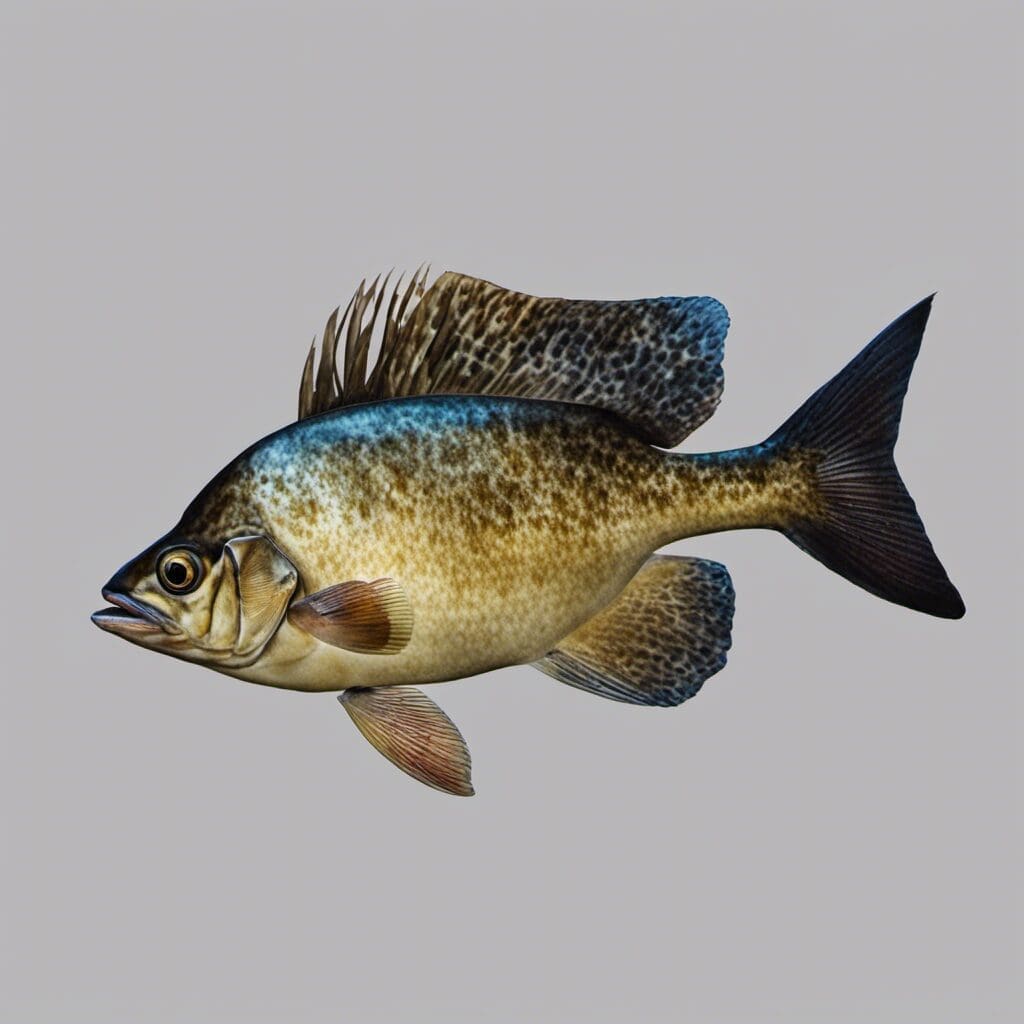Introduction
The Spangled Emperor, also known as Lethrinus nebulosus, belongs to the family Lethrinidae. This tropical reef dweller is renowned among fishing enthusiasts and seafood gourmets alike for its delectable taste and distinctive spangled markings.
Conservation Status
Currently, the Spangled Emperor isn’t recognized as endangered or threatened on any major conservation lists. However, due to its popularity as a food and game fish, it’s subject to significant fishing pressure, which poses an ongoing threat to its population stability. As a response to this threat, size and bag limits have been imposed in many regions where this species is found, and fishing guidances have been established by industry regulators.
Statistics
| Dimensions | Average | Range |
|---|---|---|
| Length | 60 cm | 40 – 120 cm |
| Weight | 3 kg | 0.5 – 15 kg |
Typically, the Spangled Emperor lives up to 10 – 20 years, depending on its habitat and predation pressures it encounters.
Distribution
Widespread throughout the Indo-Pacific region, the Spangled Emperor is commonly found in tropical and subtropical waters from East Africa to Japan, Australia, and French Polynesia. There are no significant migration patterns observed for this species.
Habitats
Spangled Emperors adapt well to diverse habitats. They thrive in coastal bays, lagoons, and coral reefs. They typically occupy depths ranging from 1 – 60 meters and can withstand a broad range of temperatures and salinity levels.
When and Where to See
The species is more active during daylight hours. They tend to reside near coastal areas or coral reefs investing their time in exploring food items.
Best Fishing Locations
Here are some of the best fishing locations for Spangled Emperor:
- Great Barrier Reef, Australia
- Rottnest Island, Western Australia
- Abrolhos Islands, Western Australia
- Coral Bay, Western Australia
- Exmouth Gulf, Western Australia
- Fiji Islands
- Maldives
- Mauritius
- Seychelles
- Red Sea, Sudan
How to Catch
Spangled Emperors respond well to both live bait and lures. Prawns, squid and pilchards are often successful baits. Techniques like bottom fishing and hand line fishing are commonly used to catch this species.
Identification Guide
Spangled Emperor is characterized by its silver-grey body, which is abundantly spangled with blue spots. It showcases a yellowish hue towards the belly and the base of the pectoral fin. In juveniles, the margins of the dorsal, anal and caudal fins are blue, which fades into white as they mature.
Culinary
Spangled Emperor is considered a choice table fish. The flesh is white, firm, and sweet in taste. It can be cooked in a variety of ways, including grilling, baking, and frying. Not only a crowd pleaser, the Spangled Emperor is also high in protein, omega-3 fatty acids and B vitamins.
Additional Information
The Spangled Emperor is omnivorous, feeding on a variety of sea vegetation and small marine animals. It’s also known to display a mating ritual where males change color to attract females. Sharks and larger predatory fish are common natural threats to the Spangled Emperor, while overfishing poses a human-induced threat.
References and Further Reading
There is a wealth of information available for those interested in the Spangled Emperor. Recommended readings include books and papers on marine biology, fishing guides, and cookbooks focusing on seafood.

